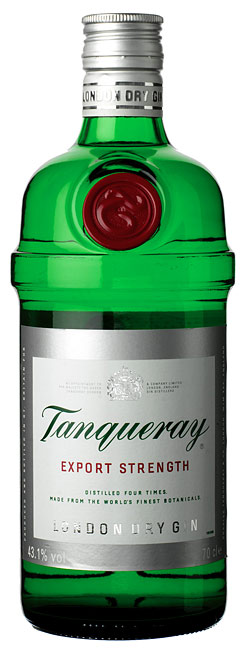 I seem to have been in the Connaught bar rather a lot recently, well twice to be precise, and in the self same seat too. The first time was to sample vodkas and now a line of gin filled glasses are looking warily at me. All this is after eating a large pizza and a drinking the best part of a bottle of red wine earlier. Oh dear, I hope this isn’t going to get messy.
I seem to have been in the Connaught bar rather a lot recently, well twice to be precise, and in the self same seat too. The first time was to sample vodkas and now a line of gin filled glasses are looking warily at me. All this is after eating a large pizza and a drinking the best part of a bottle of red wine earlier. Oh dear, I hope this isn’t going to get messy.
Still I do like a drop of gin or Mother’s ruin, as it was once known. These days I suppose mothers soothe their way through the day with some Chardonnay from a wine box and gin no longer has the rather common image it once had. Mind you I do recall a rather good novel from the 1930s where every aristocrat was constantly knocking back a Pink Gin and saying ‘what ho!’ ‘here’s how!’ and ‘up yours!’ although possibly I may be mistaken about that last one. It’s the drink you know, plays havoc with the memory.
Each of the glasses has a little hat of a beer mat on it; ‘to keep the aromas in’ I am told. It makes them look like part of some unusual drinking game and I suppose in a way that’s what this. One contains Tanqueray Gin, sponsors of this event, and one contains a ‘well known brand’. Soon we shall see which comes out top in taste; meanwhile I shovel down the nice olives on the table, which are quite addictive even to a man as pizza’d out as I am.
‘Drunk for a penny. Dead drunk for twopence’
Gin we learn was once regarded as a form of medicine for amongst other things gout and gallstones, while face masks were dunked in the stuff to avoid the plaque, which at the time was thought to be airborne. It is also the original Dutch Courage, as the Dutch were the inventors, the name coming from the French word for juniper, gin’s main flavouring ingredient. William of Orange popularised it in England and with a heavy tax on imported spirits, people began to brew the stuff at home with dangerous effects on the nation’s health as Hogarth showed in his famous ‘Gin Lane’. London’s previously sharply rising population began to stabilise as the result, it was said, of all the deaths of people drinking homemade gin to massive excess. Perhaps that is the secret purpose of today’s alcopops, to kill off the underclass?
Anyway we stick our noses in the un-hatted glasses and try to pick up the aromas. By crushing some provided juniper berries to compare, we can tell immediately that the aroma of this ‘botanical’ comes through the distilling process almost unchanged. The one on the left has complicated aromas; juniper definitely and also lemon and coriander amongst others. On the palate it is equally complicated while the other seems simpler and more ‘ginny’ by comparison. This is the Tanqueray, the recipe unchanged since Charles Tanqueray first began distilling back in Bloomsbury in 1830. His extra idea of a fourth distillation gives the gin its particular smoothness and is why it is apparently the gin of choice for cocktail makers and was also the preferred tipple of Sinatra and the rest of the Rat Pack as well as past American presidents. This endorsement doubled Tanqueray’s sales in the USA without a penny being spent on advertising. Over 2 million cases are now sold worldwide each year.
And so to a cocktail. The men at the bar of the Connaught know their stuff and bring out a small box of eyedroppers containing flavour elements for the Martinis to come. Lavender, cardamom etc. I try cardamom, and its unique warmth really adds an extra dimension to the martini and is well balanced with the clarity of the Tanqueray. My olives fall off their stick and I have fish about for them – I don’t regard them as decoration but vital food.
I am pretty convinced. Tanqueray does seem to have something special that is not found in other brands, which seem harsh or over complicated by comparison. I also like its stylish bottle which doesn’t try too hard to impress, just classic green glass with the Tanqueray crest of a pineapple and two battle-axes. Lovely. Now where’s my baby? I had her in my arms ten seconds ago?
n.h.
Check out a range of tasty Tanqueray cocktails mixed up for you here
